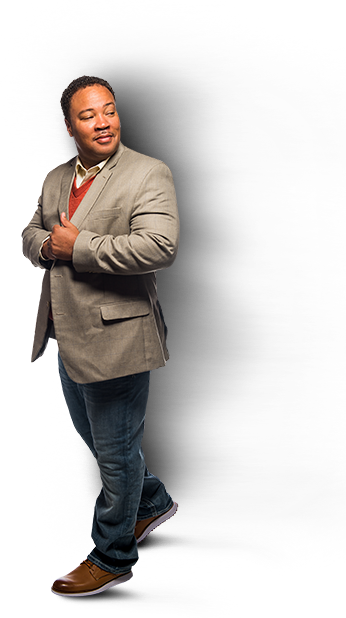As we celebrated patient safety week this month, I couldn’t help but ponder whether safe patient handling (SPH) practices created the type of solutions that would put healthcare facilities along a path to considering themselves high reliability organizations (HROs). As I considered the safety science that supports HROs, which are designed to protect healthcare workers, it certainly reaffirmed what I have always known an SPH program to be—a well-developed care delivery improvement system intended to mitigate unsafe patient care practices with the potential of causing harm to caregivers and patients. As an added bonus, our efforts to address employee injuries through safe SPH programs have enabled us to discover opportunities to improve certain health-related outcomes by applying patient-lift technology innovations to common patient care interventions.
Technology to prevent hospital acquired pressure injuries
Through implementing patient-lift technology to protect both employees and patients, we have seen improvements in quality measures such as hospital acquired pressure injuries (HAPIs) when patient-lift equipment is appropriately applied. Though our initial focus was intended to address the epidemic of musculoskeletal injuries among healthcare professionals, the safety science associated with SPH program implementations has forced organizations to analyze and address the real issues behind why certain adverse outcomes such as HAPIs happen.
Other than certain physiological conditions that contribute to skin breakdown, most clinicians would agree that the most important intervention for preventing HAPIs is none other than frequently turning-and-repositioning immobile patients. Because HAPIs are sometimes more common than they should be, it forces organizations to answer questions as to whether patients were actually turned-and-repositioned as required or prescribed. The difficult answer seemingly in most cases is no; but this is where working in an HRO that embraces safety science helps identify the real answers and implement sustainable solutions. Could patient-lift technology be a part of that solution?
Why patients aren’t turned on schedule
When addressing why staff failed to turn-and-reposition patients, it’s often determined that caregivers did not willfully choose to neglect their patients, nor the orders to turn-and-reposition them. Instead, staff are making conscious decisions to work safely by asking other staff members to assist when needed to turn-and-reposition “heavy” patients. Given that additional staff assistance may not always be readily available for a variety of reasons, both the patient and the requesting nurse are left to wait until turning assistance arrives. Because of factors such as the requesting nurse’s workload and the assisting staff member’s patient-load priorities, it’s not uncommon for substantial time to elapse between the request for help and the actual time help arrives to turn the patient. As this is typical on in-patient nursing care units, patients sometimes are not turned according to schedule leading to skin breakdown and the development of pressure injuries.
Technology as the solution
In knowing that staff members are often safety conscious through acknowledging their inability to perform some patient care tasks safely, leaders in HROs are left to find new evidenced-based system improvements or solutions. The incorporation of overhead ceiling lifts to mechanically assist in turning-and-repositioning patients allows one staff member to perform the task safely without having to rely upon additional staff help.
Whereas in the past turning-and-repositioning patients completely depended upon the physical strengths of the caregiver, we are now able to perform this same therapeutic practice more consistently and efficiently through the use of patient-lift technology. We now know the correlation between turning-and-repositioning immobile patients and using patient-lift technology to perform the task, is equal to timeliness and consistency, which typically reduces HAPIs.



Howdy! This is my first comment here so I just wanted to give a quick shout out and say
I genuinely enjoy reading your articles.
Can you suggest any other blogs/websites/forums that
go over the same topics? Thank you!
Excellent items from you, man. I’ve taken into account your information prior to and you are simply too fantastic. I really like what you have brought here. I definitely like what you are stating and the way in which you assert it. You’re making it enjoyable and you continue to care keep it sensible. I can’t wait to learn much more from you. This is really a tremendous website.